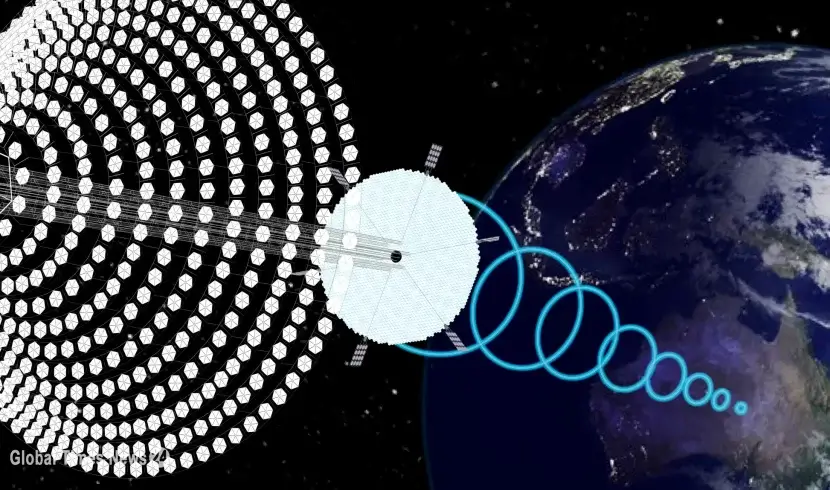James Webb takes direct image of planet outside our solar system
The exoplanet is about six to 12 times the mass of Jupiter, and NASA said that these observations could help narrow that down even further
The exoplanet is about six to 12 times the mass of Jupiter, and NASA said that these observations could help narrow that down even further
 Solar power station in space to beam electricity to Earth
Technology / Breaking News
Solar power station in space to beam electricity to Earth
Technology / Breaking News
 What happens if you don’t put your phone in airplane mode?
Technology / Breaking News
What happens if you don’t put your phone in airplane mode?
Technology / Breaking News
 The Era of Genetically Modified humans
Technology / Opinion
The Era of Genetically Modified humans
Technology / Opinion
 North Korea conducts ballistic missile test
Technology / Breaking News
North Korea conducts ballistic missile test
Technology / Breaking News
 Vision scientists revive light-sensing cells in organ donor eyes
Technology
Vision scientists revive light-sensing cells in organ donor eyes
Technology
 In a historic launch, the Webb Telescope blasts off into space
Technology
In a historic launch, the Webb Telescope blasts off into space
Technology
 Telescope can be used to see back to birth of first galaxies by super-cooling equipment
Technology
Telescope can be used to see back to birth of first galaxies by super-cooling equipment
Technology
 Despite Biden's vows, Yemen starves
Human Rights
Despite Biden's vows, Yemen starves
Human Rights
 How the FAA went to war against 5G
Technology
How the FAA went to war against 5G
Technology
 11 strange things that washed ashore in 2021
Technology
11 strange things that washed ashore in 2021
Technology